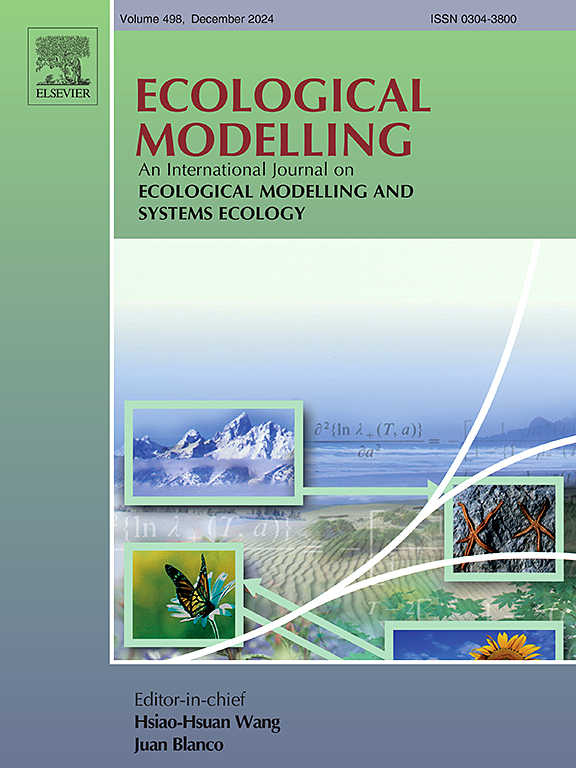SIMANFOR cloud Decision Support System: Structure, content, and applications
IF 2.6
3区 环境科学与生态学
Q2 ECOLOGY
引用次数: 0
Abstract
Technological progress in the last decades has driven great advances in many fields of knowledge. A wide range of tools and services are now available and constantly evolving to handle vast amounts of available data as well as the increased complexity of real-world case studies and analytical alternatives. Most sectors have embraced new methodologies to provide solutions to their problems, and the forestry sector is no exception. Important steps have been taken to update the forestry sector and introduce new large-scale experimental designs, digital tools and more extensive forestry databases. However, assimilation of this progress by forest managers remains largely pending. The more specialized technical knowledge and computing skills required to use this new generation of tools constitutes a known barrier to uptake. In this work, we present the SIMANFOR cloud-based Decision Support System service for simulating forest management alternatives. Its evolution, internal structure and potential applications are described. A case study was developed to demonstrate simulator performance under diverse management scenarios and highlight the benefits of this tool for forest managers. SIMANFOR cloud services are free and can be accessed at www.simanfor.es.

SIMANFOR 云决策支持系统:结构、内容和应用
过去几十年的技术进步推动了许多知识领域的巨大进步。现在有多种工具和服务可供使用,并在不断发展,以处理大量可用数据以及日益复杂的现实世界案例研究和分析替代方案。大多数部门都采用了新方法来解决问题,林业部门也不例外。林业部门已经采取了重要的更新措施,引入了新的大规模实验设计、数字工具和更广泛的林业数据库。然而,森林管理者对这些进展的吸收在很大程度上仍有待时日。众所周知,使用新一代工具所需的专业技术知识和计算技能阻碍了这些工具的使用。在这项工作中,我们介绍了用于模拟森林管理替代方案的 SIMANFOR 云决策支持系统服务。介绍了该系统的演变、内部结构和潜在应用。我们还开发了一个案例研究,以展示模拟器在不同管理方案下的性能,并强调该工具对森林管理者的益处。SIMANFOR 云服务是免费的,可通过 www.simanfor.es 访问。
本文章由计算机程序翻译,如有差异,请以英文原文为准。
求助全文
约1分钟内获得全文
求助全文
来源期刊

Ecological Modelling
环境科学-生态学
CiteScore
5.60
自引率
6.50%
发文量
259
审稿时长
69 days
期刊介绍:
The journal is concerned with the use of mathematical models and systems analysis for the description of ecological processes and for the sustainable management of resources. Human activity and well-being are dependent on and integrated with the functioning of ecosystems and the services they provide. We aim to understand these basic ecosystem functions using mathematical and conceptual modelling, systems analysis, thermodynamics, computer simulations, and ecological theory. This leads to a preference for process-based models embedded in theory with explicit causative agents as opposed to strictly statistical or correlative descriptions. These modelling methods can be applied to a wide spectrum of issues ranging from basic ecology to human ecology to socio-ecological systems. The journal welcomes research articles, short communications, review articles, letters to the editor, book reviews, and other communications. The journal also supports the activities of the [International Society of Ecological Modelling (ISEM)](http://www.isemna.org/).
 求助内容:
求助内容: 应助结果提醒方式:
应助结果提醒方式:


